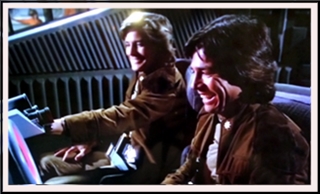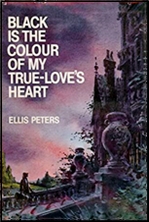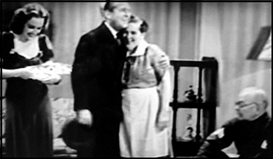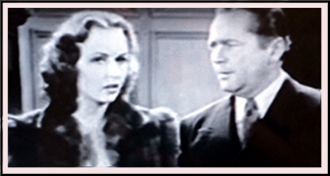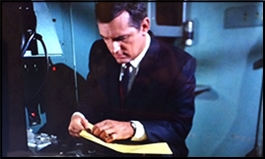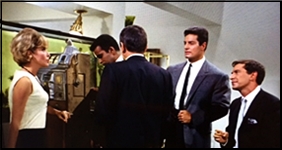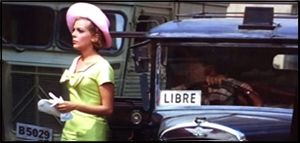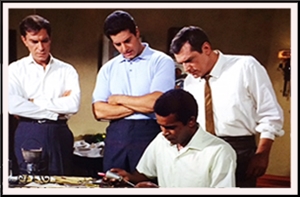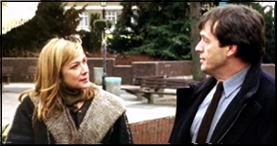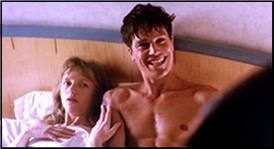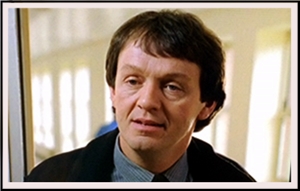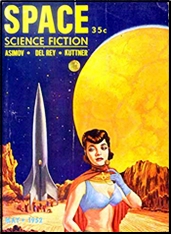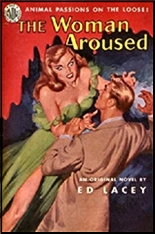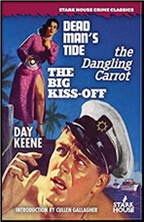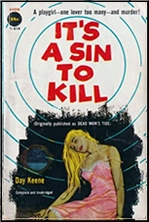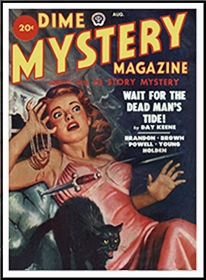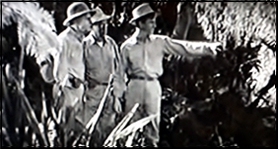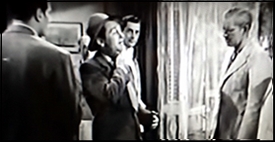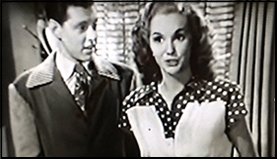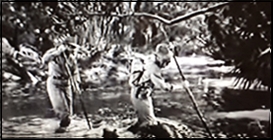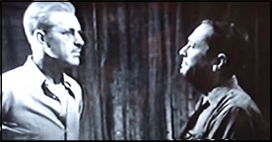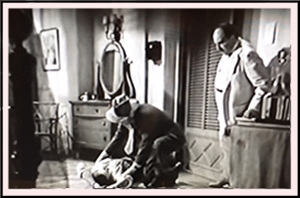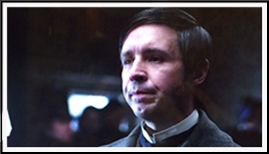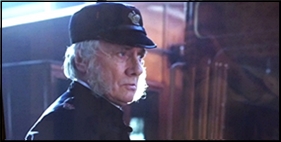Fri 27 Nov 2020
A TV Pilot Review by Jonathan Lewis: BATTLESTAR GALACTICA “Saga of a Star World†(1978).
Posted by Steve under Reviews , TV Science Fiction & Fantasy[7] Comments
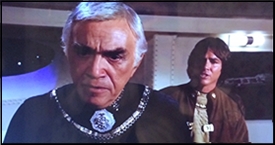
BATTLESTAR GALACTICA. “Saga of a Star World.†ABC, 17 September 1978. Pilot episode; three hours. Richard Hatch (Captain Apollo), Dirk Benedict (Lieutenant Starbuck), Lorne Greene (Commander Adama), Herbert Jefferson Jr. (Lieutenant Boomer), Tony Swartz (Flight Sergeant Jolly), Maren Jensen (Lieutenant Athena). Others: John Colicos, Ray Milland, Lew Ayres. Writer: Glen A. Larson. Director: Richard A. Colla.
If you asked a random person about Battlestar Galactica, they likely would either think of the late 1970s television series or the highly successful reboot from the early 2000s. That is, of course, if they had ever heard of the show at all. But few probably remember that Battlestar Galactica started neither as a tv show, nor as a franchise. Rather, the saga began as a lengthy made for television movie meant to capitalize on the Star Wars craze.
Aired on ABC on September 17, 1978, the production was interrupted mid-broadcast with news of the signing of the Israeli-Egyptian peace accords. Later released both as a theatrical film and as a three-part TV series entitled “Saga of a Star World,†the movie piggybacked on the success of George Lucas’s Star Wars (1977) and likewise combined mystical fantasy with hard science fiction.

For those unfamiliar with the basic plot, it suffices to say that it’s a story about a group of humans living in distant space who must outrun a hostile robotic enemy (the Cylons) on their way to Earth. Commanded by the stern but fair Adama (Lorne Greene), the Battlestar Galactica is itself a ship (a battle starship). Among its best fighter pilots are Adama’s son Captain Apollo (Richard Hatch) and the maverick Starbuck (Dirk Benedict). Their chief enemies, at least in the pilot, are two human traitors. The scheming and sleazy Count Baltar (John Colicos) and the decadent Sire Uri (Ray Milland). Lew Ayres also appears as the president.
I am not sure if I ever watched the three-part pilot before. Some of it seemed deeply familiar to me. Other parts less so. As much as I enjoyed the nostalgia value of the show, I couldn’t help but notice how slow-moving a lot of the pilot was. While there was certainly some excitement at the beginning, the movie bogs down into a rather talky meandering affair. That said, it certainly perks up again in the last forty minutes or so with a fun and exciting tale of wicked aliens seducing humanity into a gambling den slumber. The special effects, for the time, were quite good. And the music, conducted by Stu Phillips of the Los Angeles Philharmonic, is iconic. I’m just fairly sure no one who watched it in 1978 would have thought it would be rebooted two decades later for a new generation.
